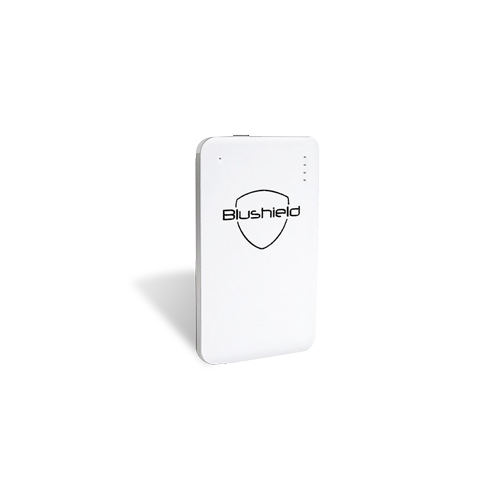Whether you live in a house or apartment or simply need to ensure that your house is free from EMFs There are a variety of methods to reduce exposure. One of the easiest is to reduce the use of electronic devices. You can also turn to EMF block paint to stop EMF radiation from entering your home. Another easy way to protect your house from EMF radiation would be to install a shielding canopy for RF. This is a fabric made of net that has EMF shielding. It is utilized to prevent EMFs from entering rooms. Another option is to get your home equipped with a conductive enclosure. They are referred to as Faraday cages.
Numerous studies have demonstrated studies have shown that nonionizing EMF has antiproliferative effects on HCC cells. The mechanism of AM RF EMF's anticancer activity in vitro is believed be based on the downregulation the cancer stem cell. This could be the reason for the long-term response seen in some patients with advanced HCC. However, the mechanism behind AM EMF's effects on patients with cancer is not clear.
Aspects on the effects of AM RF EMF on HCC tumor growth in vivo were examined in mice. The tumours were divided into 3 groups. https://telegra.ph/EMF-Block-Paint-in-addition-to-EMF-Shielding-04-12 was not exposed to RF EMF. block emf were exposed RF EMF at frequencies similar to the frequency used by humans. The third group was exposed to RF EMF at HCC-specific modulation frequencies. The impact of HCCMF on tumours was compared to that of RCF. The results showed that the tumours treated with HCCMF showed significant shrinkage. However, tumours treated with RCF did not show any evidence of shrinkage of the tumor.

The mechanism behind tumour-specific AM RF EMF may be based on the fact that tumour cells require Cav3*2 voltage calcium channels to promote proliferation and down-regulation. AM RF EMF's antiproliferative effects on HCC cells is controlled by CACNA1H, a protein which regulates the Ca2+ influx specific to tumors. The results indicate that CACNA1H could have wider implications for the treatment and diagnosis of many cancers.
The tumors in the controls were never exposed RF EMF, and were fed a normal diet of mice. The tumors of those in the HCCMF group were infected with Huh7 cells when they were between five and seven weeks old. The tumors were then killed after they had a high burden.
The tumors of the three groups also displayed distinct growth curves. The tumours treated with HCCMF had a significant reduction in size of the tumor after 8 weeks. However, the tumours that were treated using RCF did not show any reduction in size. The difference was substantial. The tumors treated by RCF had necrosis, which is common in tumors that have been exposed to RCF. The possibility is that this necrosis is caused by a lack of oxygen in larger tumors.
In summary, the results indicate the fact that AM EMF has anticancer properties in vitro as well as in live. block emf have shown that AM RF EMF produces measurable tumour shrinkage in HCC patients. There is a possibility that AM RF EMF causes these effects due to CACNA1H which is a protein involved in tissue-specific Ca2+ influx. In addition, AM RF EMF may have a long-lasting impact on the development of HCC tumours in living tissue.
